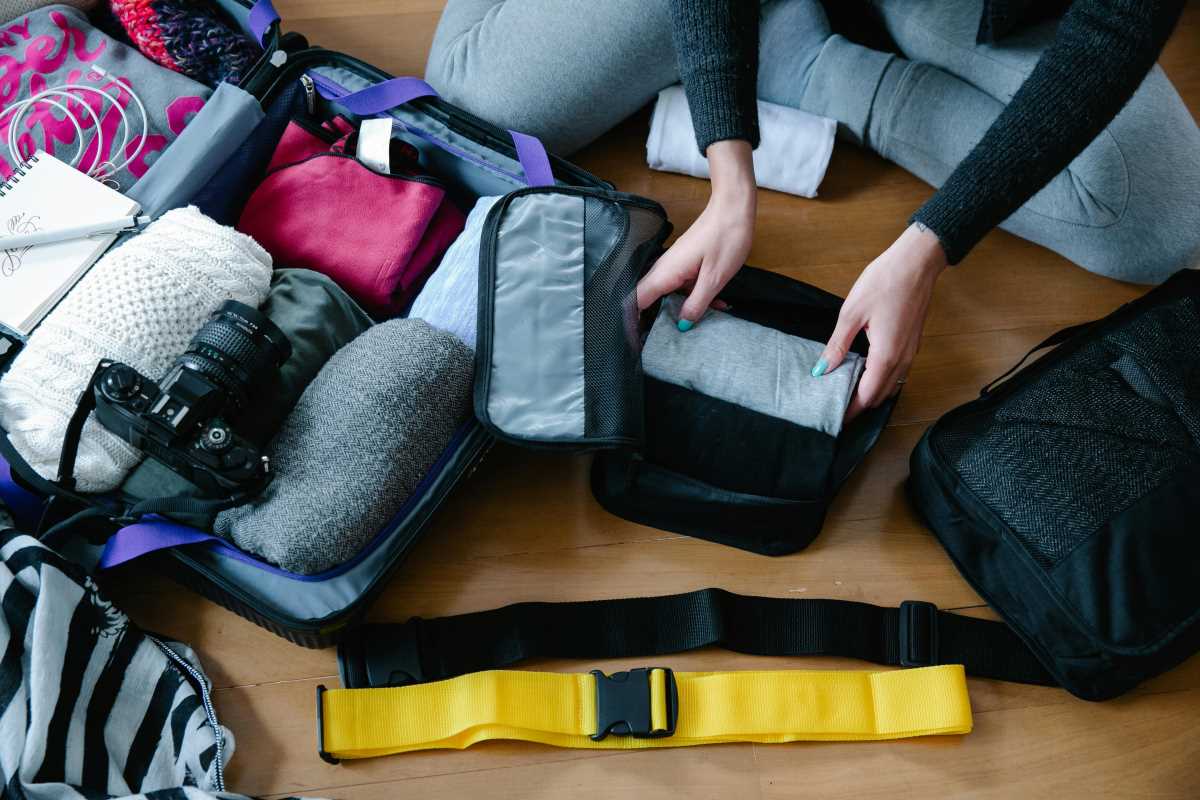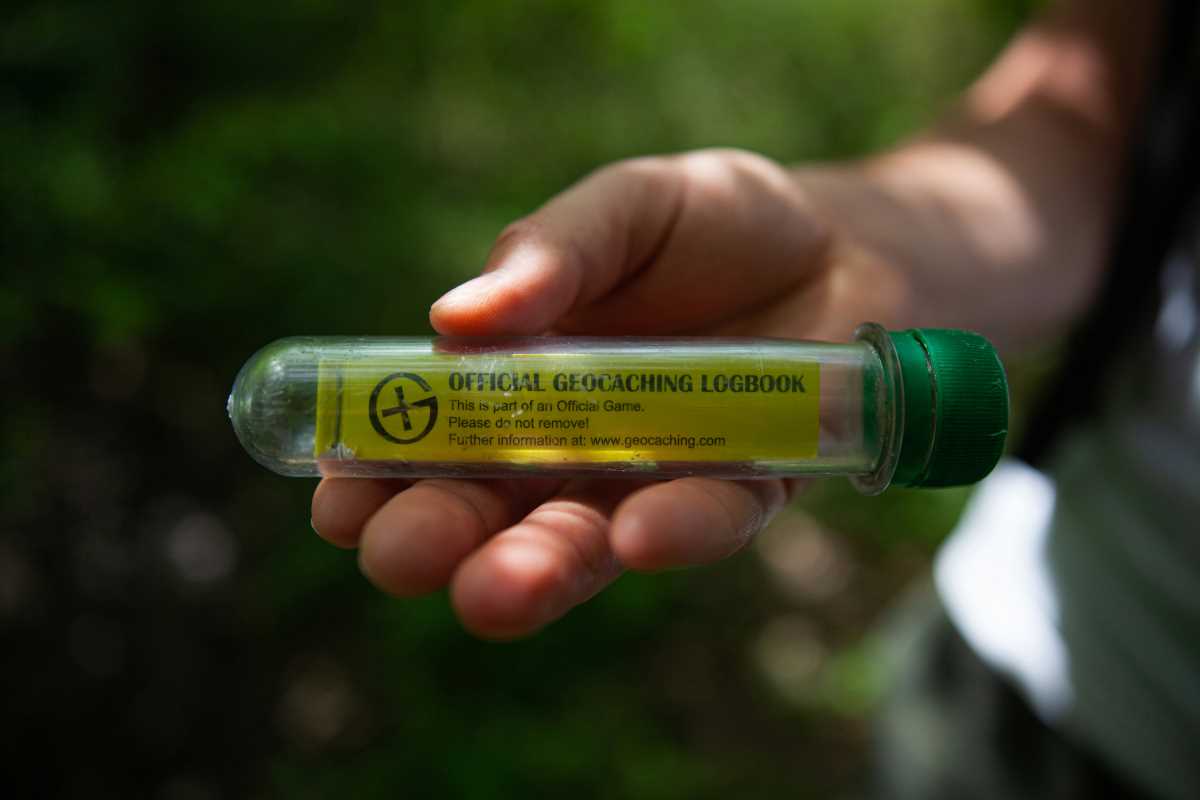Crafting your own travel guide opens up a world of personal exploration and creativity. You get to collect favorite destinations, add helpful notes, and organize memorable finds in a format that suits your style. This process encourages you to gather everything you love about travel—hidden cafes, scenic routes, local traditions—and arrange them into a personalized booklet. With just five simple steps, you can design a guide that feels both practical and meaningful. Whether you reach for a trusty notebook or tap into a digital tool like your preferred planning app, you can easily create a travel companion that highlights your interests and brings your journeys to life.
Step 1: Define Your Travel Goals
Begin by deciding what your guidebook should accomplish. Maybe you want to focus on local eats, hidden viewpoints, or family-friendly stops along the way. Write down your priorities—food, culture, or outdoor thrills—and organize them by day or region. This clarity shapes the content and helps you stay on target.
Next, think about your audience’s interests. Will they seek café recommendations or scenic hikes? Imagine a friend flipping through your guide; picture how each section can spark excitement. Putting yourself in their shoes helps you highlight details that matter most.
Step 2: Gather Inspiration and Research
With your goals set, start researching. Combining online and offline sources gives you a well-rounded view of each destination. Take notes on local events, transportation options, and seasonal highlights that make your travels unique compared to generic itineraries.
- Browse travel blogs and forums for firsthand stories and photo tips.
- Check public library archives or local tourism sites for region-specific guides.
- Scan social media hashtags and geotags to find trending landmarks and hidden gems.
- Reach out to friends or contacts who have recently visited and ask about their favorite moments.
As you gather snippets, label each note with a theme like “day trip,” “budget eats,” or “scenic view.” This tagging helps when you organize your content later.
Step 3: Organize Your Content
Start by grouping ideas under major headings—dining, lodging, activities, transit, and local lore. Within each section, rank items from must-see highlights down to optional extras. This order guides readers through top picks before exploring deeper layers of the area.
Create separate pages or digital folders for each category. Use tools like Evernote or a simple spreadsheet to keep track of addresses, contact details, and opening hours. Label image files clearly so you can easily drag and drop photos into your guide without wasting time searching for the right shot.
Step 4: Design Layout and Visuals
Presentation makes your ideas come alive. Choose a layout that balances text blocks with vibrant images and maps. You don’t need advanced graphic skills; many free or low-cost platforms provide editable templates tailored for travel guides.
- Single-column layouts: Focus readers on one item at a time, ideal for narrative-driven sections.
- Two-column spreads: Place photos or maps beside concise text for easy reading.
- Grid-style pages: Perfect for quick-reference sections like restaurant roundups or market lists.
- Full-bleed imagery: Use a striking photo per page as a background, then overlay brief captions or icons.
Add icons for dining, hiking, or landmarks to make each entry stand out. Choose a font family that reads clearly on screen or in print. Once you decide on a theme, keep your style consistent throughout the guide.
Step 5: Finalize, Print, and Share
Look over each section with fresh eyes. Read aloud to catch awkward phrasing and verify location names, addresses, and times. Ask a friend to proofread and identify areas needing more detail or clarity.
When you feel ready, export your document as a PDF or use a self-publishing web service. Pick paper weight and binding options—spiral, saddle-stitch, or coil binding all work well for handy guidebooks. Order a small print run for personal use or share a digital version with fellow travelers via email or cloud storage.
For an extra touch, add a pocket for receipts, tickets, or souvenirs. This feature turns your guide into a scrapbook of memories you can revisit long after the trip ends.
Now it’s time to share your personalized DIY travel guidebook with fellow explorers. Each tip, map, and photo will inspire excitement and help them navigate new horizons with confidence and style.
This guidebook helps you remember your adventures and rediscover the joy of planning and sharing experiences with others.
 (Image via
(Image via





